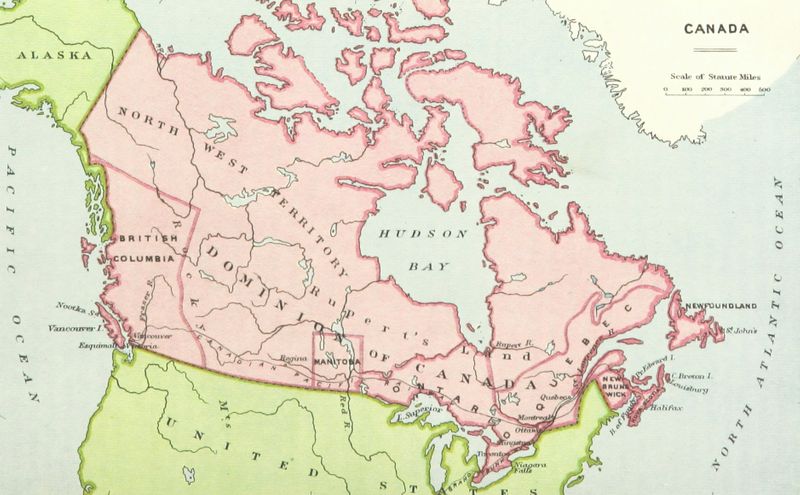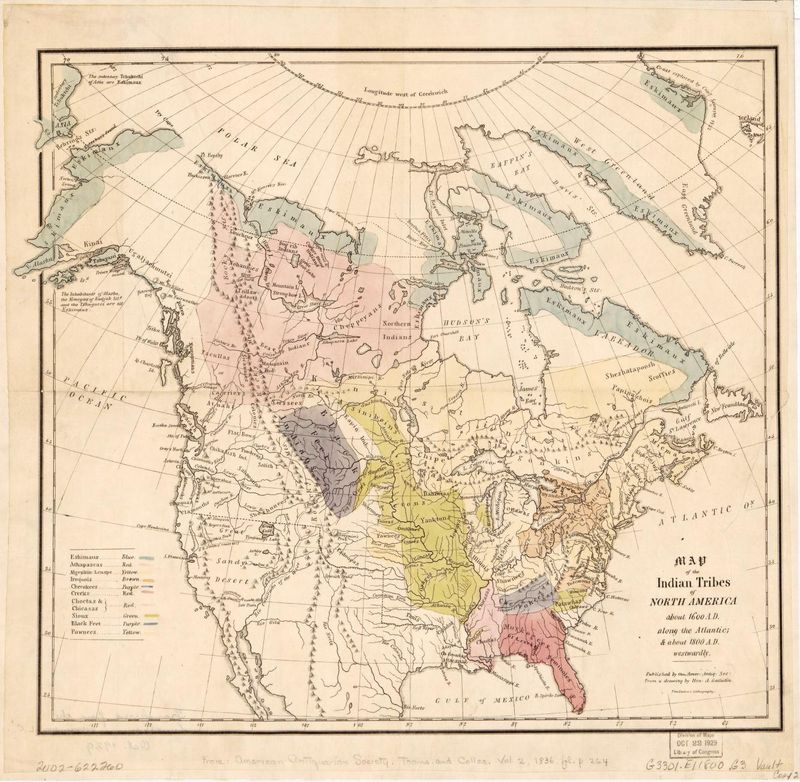Imagine you were given a gift from your parents.
Clothes...a gaming system...it could be anything. All that matters is that it's your gift and you're happy.

Now imagine someone takes it from you. Maybe they ask to borrow it for a minute and promise to give it back. Or maybe they offer to trade you for it. Or maybe they just snatch it out of your hand. No matter how it happens, the only thing that matters is that your gift is gone.

How would you feel? How would you react?
This is what happened to the Indigenous peoples of North America. Learning about this history will help you understand why Indigenous land claims matter today.
The Beginning
Did you know that many Indigenous land claims are based on treaties that were signed — and often broken — centuries ago?
 Photo by British Library on Unsplash
Photo by British Library on UnsplashIn North America, Indigenous land claims are rooted in historical agreements, legal battles, and ancestral connections to the land.
An example of a broken treaty is the 1850 Robinson Treaties in Canada that promised the Anishinaabe First Nations yearly payments from the land. However, those payments are capped at $4 and the tribe is currently fighting for billions in court.
What Are Indigenous Land Claims?

They're legal and political processes where Indigenous groups seek recognition of their traditional lands and rights.
There are 3 types of land claims:

Specific Claim
These claims are made by Indigenous groups against the government for breaches of the government's obligations.

Comprehensive Claim
These claims are based on the assertion of continuing Indigenous rights to land and natural resources.

Native Claim
This is a common law doctrine that Indigenous peoples have rights to use and manage their own lands.
The Historical Origins of Land Claims
 Image by Gallatin, Albert, and American Antiquarian Society (courtesy of Library of Congress)
Image by Gallatin, Albert, and American Antiquarian Society (courtesy of Library of Congress)
Pre-colonization, Indigenous peoples had well-defined territories with governance and legal systems. Many nations signed treaties with European powers and governments. Some were upheld, but many were ignored or manipulated.
Colonial rules and laws weakened Indigenous land rights, allowing settlers to take over their land.
Why Land Claims Matter Today
Legal precedents: Court cases like Delgamuukw v. British Columbia (1997) in Canada or Oneida Indian Nation v. County of Oneida (1974) in the U.S. set important rulings.
Modern land restitution: Some governments recognize land rights, leading to settlements, co-management agreements, or land returns.
Quiz

Which of the following examples best represents an Indigenous land claim?
A. The Homestead Act: This law, passed in 1862 in the United States, allowed settlers to claim and receive title to government-owned land in the western territories.
B. The Nisga'a Treaty: In 2000, the Nisga'a Nation in British Columbia, Canada, negotiated a treaty with the federal government that formally recognized their rights over traditional territories, granted self-governance, and returned control of certain lands to the Nation.
Quiz
Which is an example of an Indigenous land claim?
Take Action

Take these next steps:
Your feedback matters to us.
This Byte helped me better understand the topic.
